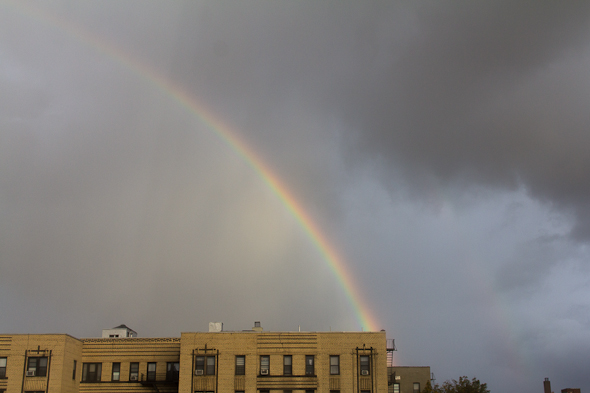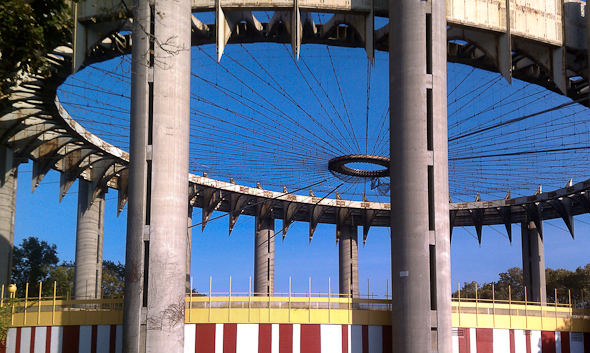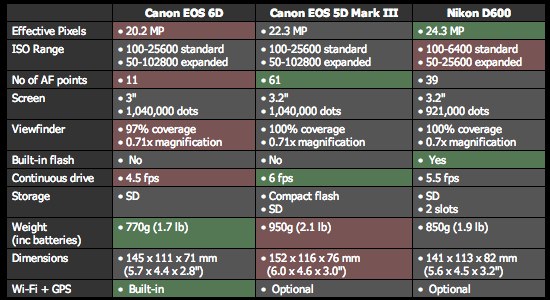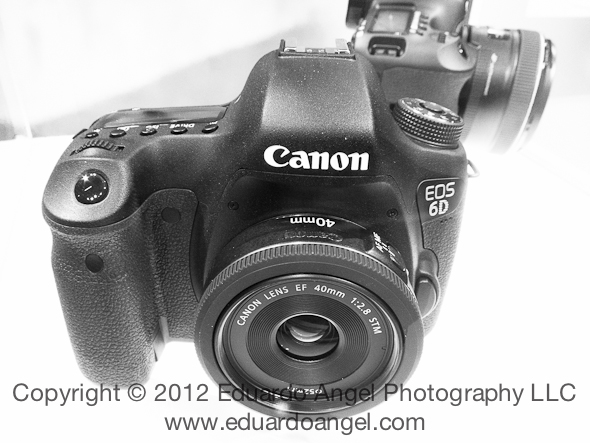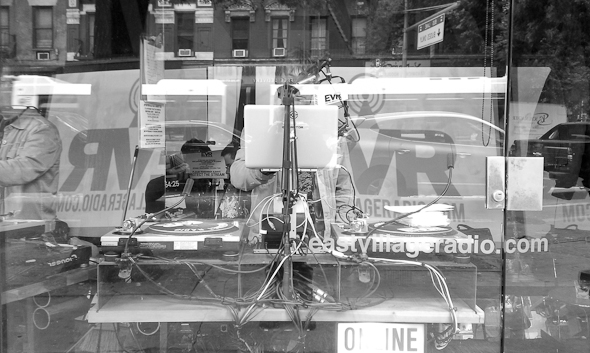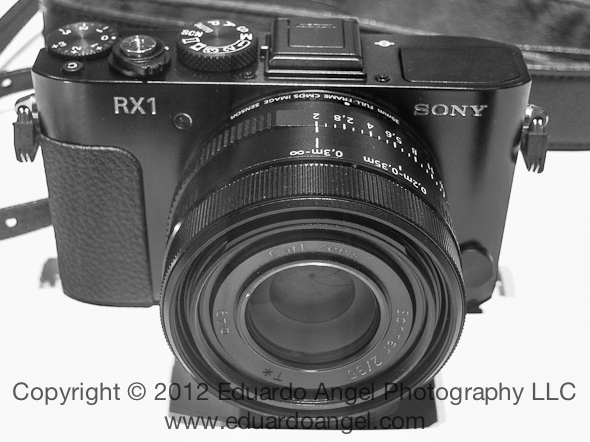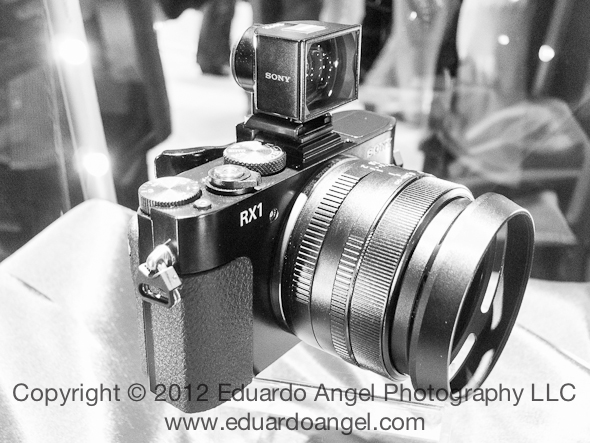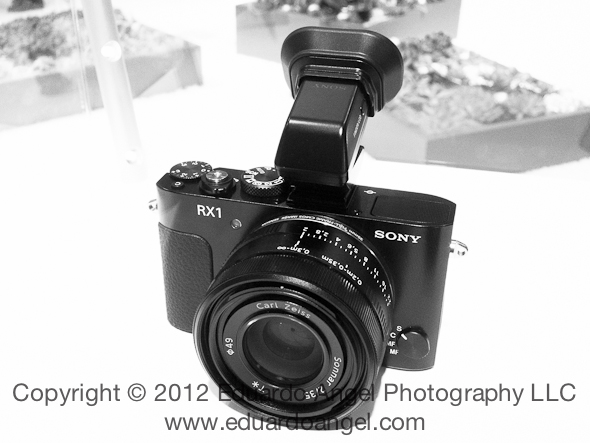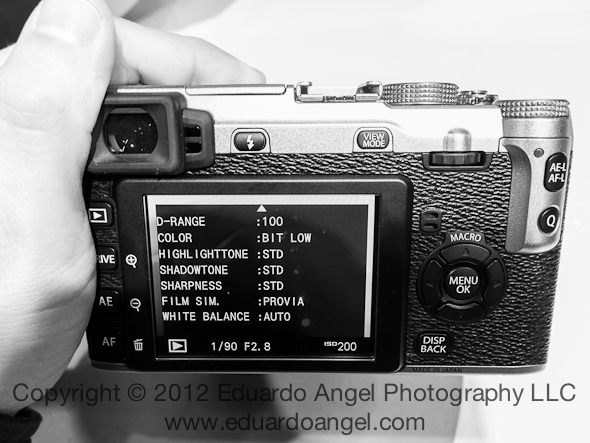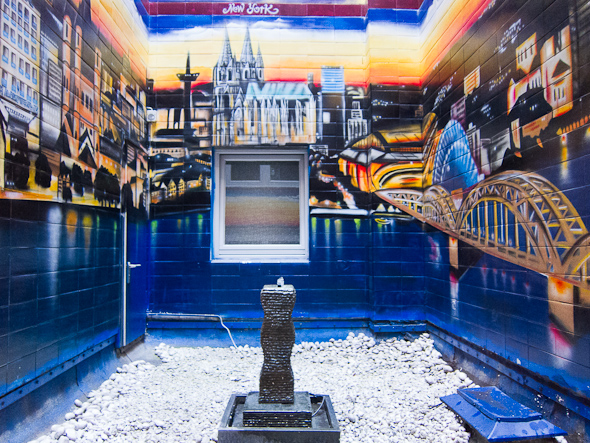Photography
Visual Serendipity.
It doesn’t get more serendipitous than this. After Hurricane Sandy passed through Brooklyn leaving behind floods, fires, and a long trail of destruction, this was the first image I saw when I woke up. I had several cameras handy planning (unsuccessfully) to document the hurricane from our window. Two images later, the clouds covered the rainbow and it was gone!
Video
Looking for inspiration? Find a Mutoscope.
After three jam-packed weeks attending Photokina, the Glimpse Conference, Cloudforce, and PhotoPlus Expo, I have something to confess: the most interesting and inspiring gadget/technology/trend I saw was NOT Samsung’s innovative Galaxy Camera, Fuji’s slick X-E1, Blackmagic’s Cinema Camera or a new powerful software application.
It was a Mutoscope I saw at Frankfurt’s Film Museum. “A what?” you may ask.
The Mutoscope, an early motion picture device, was patented by Herman Casler in 1894. Cheaper and simpler than Edison’s Kinetoscope, it did NOT project on a screen, and it provided viewing to only one person at a time. The system was marketed by the American Mutoscope Company and quickly dominated the coin-in-the-slot “peep-show” business.
I am in love with the simplicity of this device, the way the viewer interacts with the story by using a hand crank. And story is what really matters. In under 60 seconds (the “movie” starts below at 00:34) we get to see a “crazy wheel” running free through a small town, and the villagers trying to catch it. See, this is about storytelling, not technology. It’s not about sensor size, firmware updates, bigger-is-better, or faster-is-better. It is about the story, something I feel we have been loosing at an ever-increasing speed. If you are looking for some inspiration or motivation, look no further.
Events like hurricane Sandy make us revalue some of our priorities, the real significance of things we often take for granted, like running water, electricity, and true friends. In a similar way the Mutoscope hit a nerve. For some strange reason, the idea of producing something simply for fun or pleasure is becoming obsolete. We should, and we will, go back to the basics. Work harder on telling more engaging stories, developing new angles, communicating better ideas and asking deeper questions. Technology is great, but it is not the be-all and end-all that most photographers assume it to be. I’m sure some of you feel the same way. Want even more inspiration? Check this out.
Photography
Visual Serendipity.
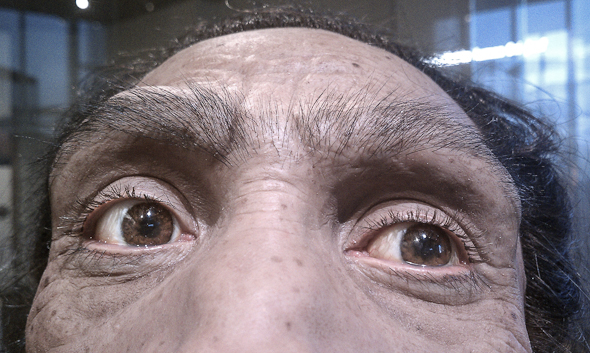
Meet the Homo Neanderthalensis, an extinct human species living during the late Pleistocene Epoch throughout most of Europe and parts of Asia and northern Africa and associated with Middle Paleolithic tools. The image was taken at the one of the current impressive exhibitions at the Smithsonian National Museum of Natural History in Washington, D.C.
You can read more about the Neanderthal culture here.
Video
PhotoPlus 2012 Workshops
The 2012 PDN PhotoPlus Expo is the largest photography and imaging show in North America, attended by over 24,000 professional photographers and enthusiasts. This year we are presenting two awesome seminars: The Power of Lightroom 4 and Digital Cinema Essentials for Photographers.
If you have any questions don’t hesitate to contact us!
Photography
Visual Serendipity.
The 1964 World’s Fair New York State Pavilion designed by Philip Johnson is simply awesome. It “featured three observation towers, one of which at 226 feet, was the tallest structure at the Fair. Speedy “Sky Streak” capsule elevators whisked visitors to the observation platform above. Beneath the towers was the Tent of Tomorrow, the world’s biggest suspension roof (larger than a football field), supported by sixteen 100 foot columns. Translucent colored panels in the roof flooded the tent’s interior with colors.” Sources here and here.
We normally don’t use other images on our Visual Serendipity series but these two are too good to skip.
Video
Life after Photokina: Canon EOS 6D.
Since we arrived from Photokina we have been bombarded with questions about the 6D. “Did you see it?” “Do you like it better than the 7D?” “Should I buy it?”
Here’s a very quick overview: The megapixel count on Canon’s EOS 6Dis virtually identical to the Mark III, but it is 50% cheaper and 20% lighter. The size is very similar to the 60D, without the tilting and swiveling screen, which in my opinion is one of the strongest selling points of the 60D for video shooters. It is great to see a DIGIC 5+ on this camera, which is approximately three times faster than DIGIC 5, and 17 times (yes, seventeen times) faster than the DIGIC 4 found on the Mark II.
Handy comparison chart from DPReview.
By the way, if you are a photographer and you are not shooting video yet, stop right now and read this “This is why photographers need to learn video right now.” After you finish the article, sign up for any of our upcoming video workshops (here and here).
The 6D matches Nikon’s D800 4.5fps. This is hard toi explain but somehow the camera feels as light as the Rebel bodies without feeling cheap.
Click to keep reading (more…)
Photography
Visual Serendipity
I found this image yesterday while walking around the Lower East Side, or “LES” as it is called by the locals. I believe it shows how many different and simultaneous things are happening in this city at any give time. Living in New York City can be very exciting, or very exhausting, depending on your day.
Video
Adobe Premiere Elements 11. Worth it?
Back in May, Adobe announced Photoshop CS6 and Premiere Pro CS6 with a new user interface. Now, the company has added that new look to Photoshop Elements 11 and Premiere Elements 11. Both applications are less intimidating for newcomers, allowing quick and easy organization, editing and sharing of media, and targeted for new photographers or video editors.
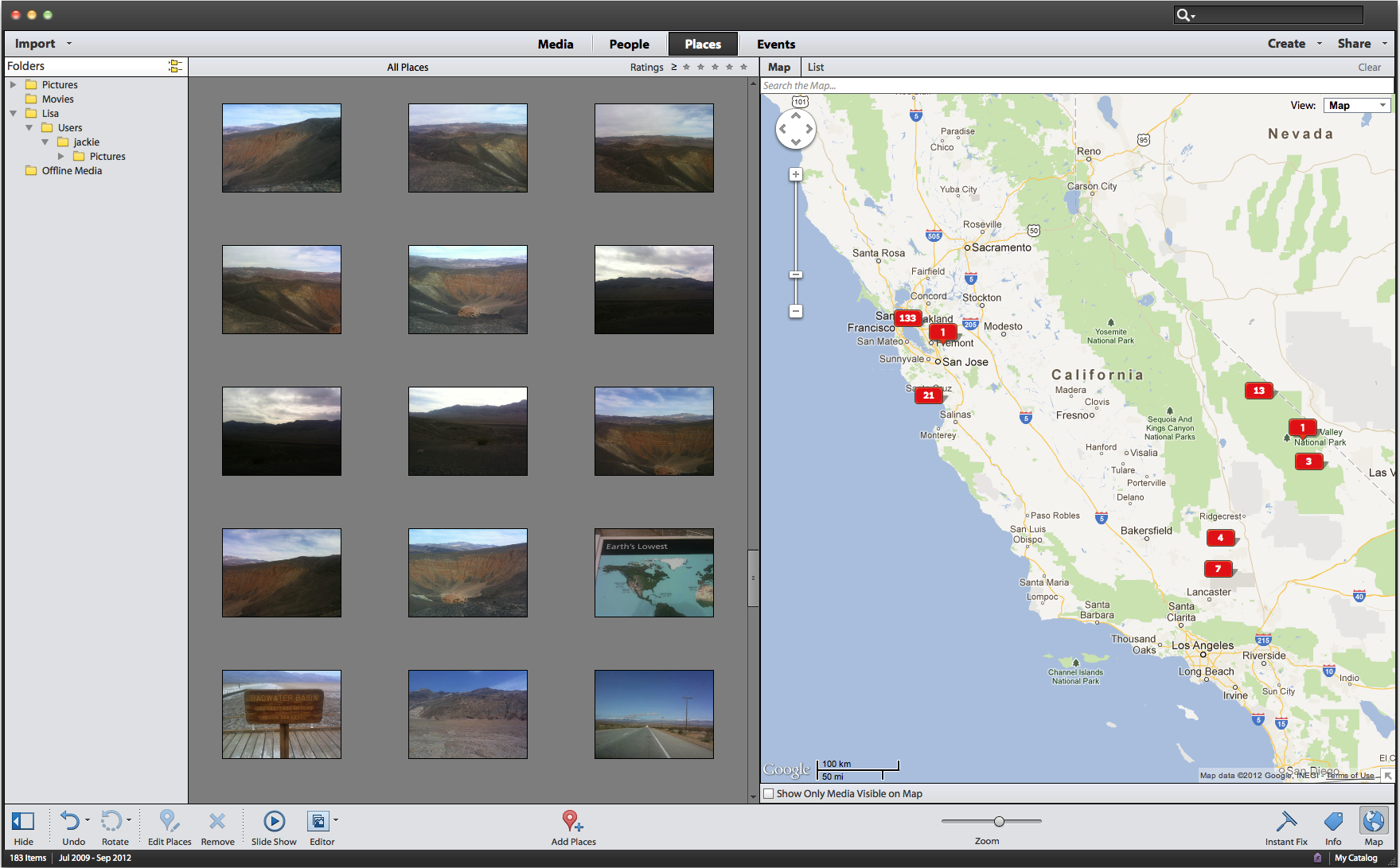
Both apps include an image organizer that closely resembles Adobe Bridge, making the most commonly used functions easily accessible, while other tools are hidden away in the menus. The new organizer is laid out as a 3 column panel in Photoshop Elements 11 and integrates with Google Maps, just like the Map Module in Adobe Lightroom 4. Additionally, tagging photos and videos with people or events (mimicking Facebook) is now possible.

Since Premiere Elements includes “Expert” workspaces with interesting transitions and effects, this might be a good product for photographers transitioning into video. The goal is not to become an expert video editor, but understand NLE apps and more importantly, the required assets to put together a video project.
click to keep reading (more…)
Video
Life after Photokina: Sony’s unreachable wonder.
One of the most impressive announcements at Photokina was Sony’s Cyber-shot RX1, which is basically a point-and-shoot with a full-frame sensor.
The RX1 is the first full-frame Leica-imitating AF rangefinder-style camera. Sony posted some “specification changes” two days ago, which might explain why this camera was the only one on my very long “shopping list” that was only visible behind glass.
With a fast but very limiting fixed 35mm f/2 lens and a $2,800 price tag, which becomes close to $4,000 once a lens shade and EVF are added, this potentially great system will only be accessible to very few photographers. The image quality, according to this Flickr gallery, is very high.
In case you missed it, we previously wrote about the good and bad about Sony’s announcements here. We will definitively dig deeper into these systems on our upcoming Google Hangout on Monday October 15 at 1pm EST.
Click here to keep reading (more…)
Video
Adobe discontinues support for CinemaDNG on Premiere Pro.
We have watched this comparison test between Blackmagic’s Cinema Camera (4:2:2 10-bit image), and Canon’s 5D Mark III (4:2:0 8-bit image) way too many times.
And here’s a low-light comparison between Sony’s FS100 and Blackmagic. We believe the footage speaks for itself.
We are seriously considering getting Blackmagic’s amazing camera next month when it finally becomes available. Because of this, we are extremely surprised and dissapointed by Adobe’s sudden decision to drop support for their own CinemaDNG format on Premiere Pro. CinemaDNG is one of the many features we really like from the Blackmagic Cinema Camera. This is Adobe’s statement:
“The Cinema DNG Initiative has been discontinued and is no longer hosted on Adobe Labs. The CinemaDNG format continues to be an open format, and its development is not limited to Adobe. CinemaDNG files can still be opened by any current Adobe application that includes the Camera Raw plug-in (note: which is NOT the case fro Adobe Premier Pro) for importing DNG files.”
Right after our NAB 2012 wrap-up report (where we highlighted Blackmagic’s Camera AND the announcement of Adobe Premiere Pro CS6) Adobe had this to say:
(more…)
Video
Life after Photokina: Fuji’s retro sexy X-E1.
During Photokina Olympus, Panasonic, Sony and Fujifilm announced new mirrorless systems. Fuji has not one but two new cameras, the X-E1 and the XF1. The X-E1 is noticeably smaller than the X-Pro1, but it retains the same Leica-esque retro rangefinder design.
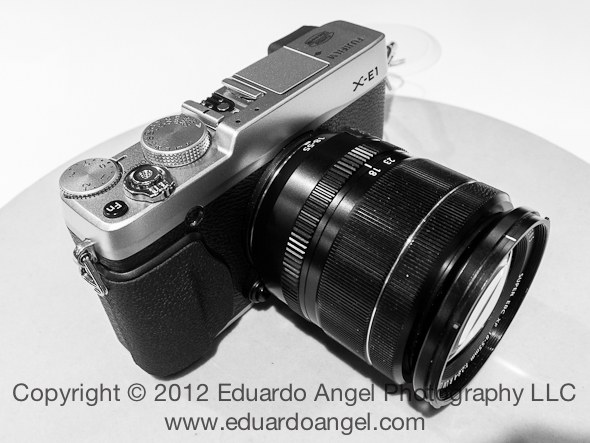
The quality of the EVF is amazing, the grip is very comfortable, and the overall size-to-weight ratio is excellent. The X-E1 is available for preordering on Amazon for $900 body only or $1,400 with the 18-55mm f/2.8 lens.
Photography
Video
Life after Photokina: Samsung’s Galaxy Camera.
News from Photokina are like Fall leaves. They are everywhere and it is hard to know where to start taking care of them. Because of that, we are doing two things: a few blog posts highlighting the most interesting and influential products, and a paid Google Hangout on Monday October 15 at 1pm EST, where we will discuss what we saw and learned, and how it will affect your business in 2013.
Photokina is a huge show. There are nine giant exhibition halls and most of them are two stories high. Every corner of these buildings is filled with everything having to do with the photo industry. Canon, Leica, Nikon, and Sony introduced full-frame 35mm-sized sensor cameras, ranging from compact (Sony) to low-cost DSLRs (Canon, Nikon) to high-end pro rangefinders (Leica). Almost everybody claimed significant reductions in shutter lag and focusing speed, and many manufacturers added some form of Wi-Fi connectivity. If you think the iPhone 5 blurs the lines between cameras and smartphones you haven’t seen Samsung’s Galaxy Camera, by far the most original product we saw at Photokina.
 As we saw before with Nikon’s Coolpix S800c, Android is rapidly becoming the OS of choice for smart phones.
As we saw before with Nikon’s Coolpix S800c, Android is rapidly becoming the OS of choice for smart phones.
